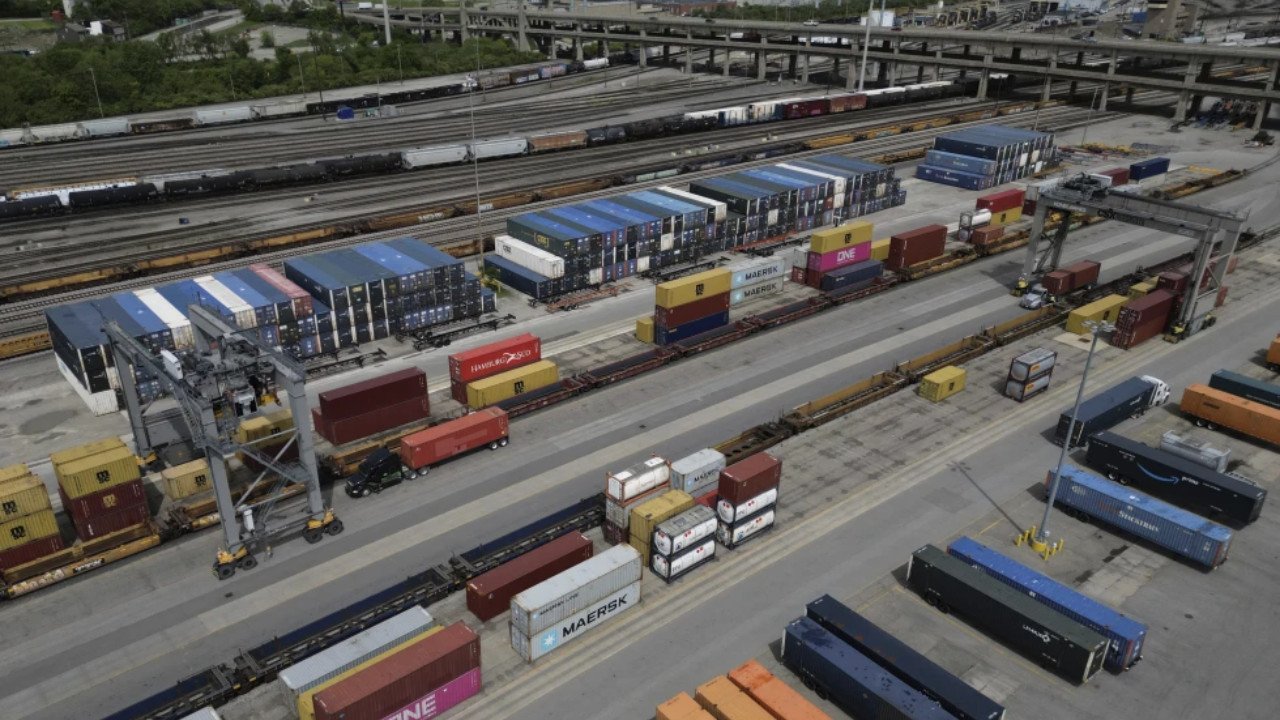Canada’s economy experienced a contraction of 1.6% in the second quarter, marking the first GDP decline in seven quarters. This downturn was largely attributed to a sharp 7.5% fall in exports, significantly impacted by tariffs imposed by the US. The decline has fueled speculation that the Bank of Canada might consider cutting interest rates in September.
Canada’s Economy Hits a Speed Bump: What Does This Mean for You?
The Canadian economy just threw us a curveball. After a solid run of nearly two years of growth, the country’s GDP shrank by 1.6% in the second quarter of this year. It’s a jolt, no doubt, and one that has many Canadians wondering what’s behind the slowdown and, more importantly, what it means for their wallets.
This isn’t just some abstract economic blip; it’s a tangible shift that could ripple through various sectors and ultimately affect everything from job security to interest rates. Let’s break down what happened and why you should pay attention.
What Triggered the Economic Contraction?
Several factors converged to create this economic slowdown. One key culprit: a significant drop in exports, partly due to cooling demand from the United States and the impact of existing US tariffs. Think of it like this: if our biggest customer isn’t buying as much, our factories produce less, and that impacts everyone from manufacturers to transportation companies.
Beyond exports, investment in housing also took a tumble. With rising interest rates designed to combat inflation, fewer people are buying houses, and developers are scaling back construction projects. This cooling in the housing market, while perhaps necessary in the long run, definitely contributed to the GDP decline.
Inventories also played a role. Businesses, anticipating slower sales, reduced their stockpiles of goods, leading to a further drag on economic activity.

The Impact on Consumers: Will You Feel the Pinch?
So, what does all this mean for the average Canadian? While a single quarter of negative growth doesn’t necessarily signal a full-blown recession, it does raise concerns. A slowing economy can lead to:
* Job insecurity: Businesses might be hesitant to hire or even forced to lay off workers if demand weakens.
* Wage stagnation: With companies facing tighter margins, wage increases might become less frequent or smaller.
* Increased financial strain: If interest rates remain high while the economy slows, households with debt could face increasing financial pressure.
Of course, the severity of the impact will vary depending on your industry and personal circumstances. Those in export-oriented sectors or the construction industry might feel the effects more keenly.
The Bank of Canada’s Response: What to Expect with Canadian Economy
The Bank of Canada, which is tasked with managing inflation and promoting economic stability, is closely watching these developments. The recent GDP contraction could influence their decisions regarding interest rates. On one hand, the central bank needs to tame inflation. On the other hand, it must avoid overtightening monetary policy and pushing the economy into a deeper downturn.
It’s a delicate balancing act. Further interest rate hikes could exacerbate the economic slowdown, while pausing or even cutting rates might fuel inflation. The Bank’s next moves will be crucial in shaping the trajectory of the Canadian economy. We discuss the possible outcomes of these policy shifts in another post about managing personal finances during economic uncertainty.
Looking Ahead: What’s the Prognosis?
Forecasting the future is never easy, especially in today’s uncertain global environment. However, most economists expect the Canadian economy to experience moderate growth in the coming quarters, but probably slower than the pace seen in recent years.
Much will depend on factors like the strength of the US economy, global trade dynamics, and the impact of government policies. The path ahead may be bumpy, but understanding the challenges and opportunities is the first step towards navigating them successfully.
Navigating the Economic Landscape
This recent contraction in Canada’s GDP is a reminder that economic growth is not always linear. It’s a complex interplay of global and domestic factors that can shift quickly. By staying informed and understanding the potential impacts, Canadians can better prepare for what lies ahead and make informed decisions about their finances and careers. The Canadian economy may be facing headwinds, but with careful planning and a realistic outlook, we can weather the storm.







